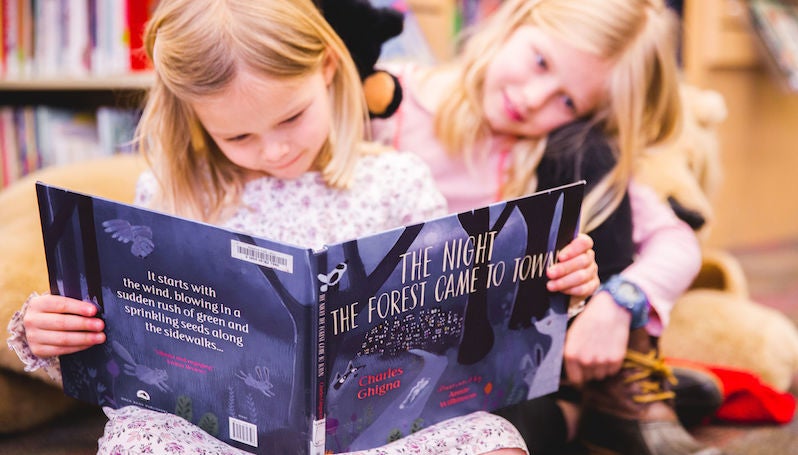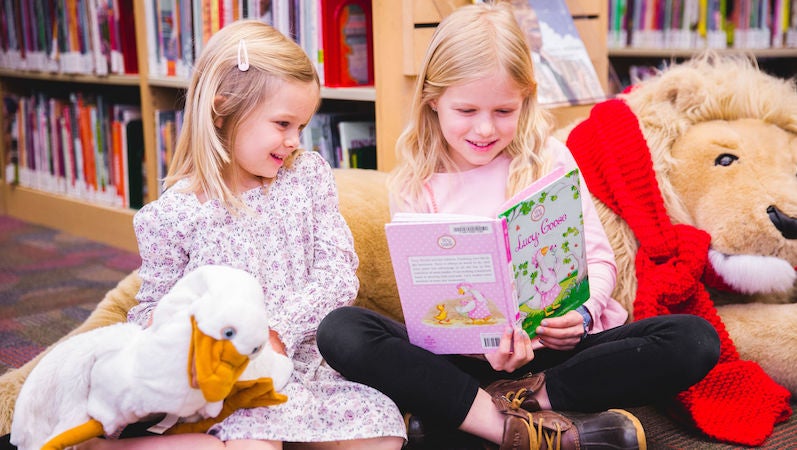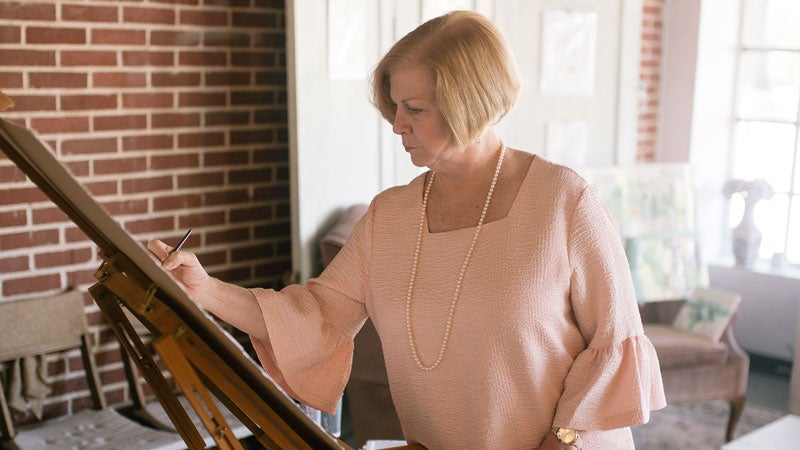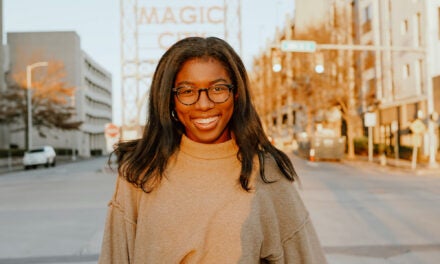By Madoline Markham
Photos by Jamison & Lindsey Kate Skinner & Contributed
Search the catalogue at Homewood Public Library for “Charles Ghigna,” and more than 70 book titles will come up for every age, from board books to picture books to early readers and beyond. And that’s not even all of his work. To date, Charles, better known has “Father Goose,” has published around 130 books and more than 2,500 of the 5,000 plus poems he has written.
“He has a good command of the language, and is so good at rhyming and cadence and read alouds,” children’s librarian Laura Tucker tells us. One of her daughter’s favorite titles is Carnival of Cats, and one Laura’s favorites is the book he wrote for Animal Planet, Strange Unusual Gross and Cool Animals, in part because she helped the author with the research for it at the library. In fact, his dedication at the front thanks “Laura Tucker and her fearless band of brave librarians at the Homewood Public Library.”
In non-pandemic times, you can often find Father Goose himself at the Homewood library, just a short walk from his home. He comes to read to and speak to kids there, but since times are a little different right now, we invited him to “speak” to all of us about his work in these pages of our magazine. Here’s what he had to tell us.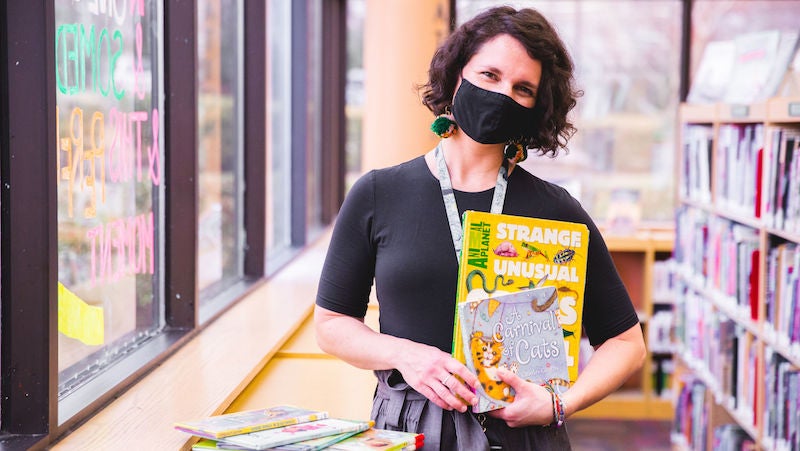
Can you describe your career in a nutshell?
After my first books were published, I discovered I could reach more kids with my books than I could as a classroom teacher. I tell children that books are little magic carpets that can carry them around the world. I tell them my books have taken me on magic carpet rides to schools from Florida to Canada, from New York to California, from South America to England and France. I now spend most of my time writing here in the attic of my 1927 Tudor home. Every morning I climb the stairs, turn on my computer, look out the window, and start making up poems and stories. From where I sit looking out the window, it feels like I’m in a treehouse! Sometimes I go outside and take long walks up and down the hills of Homewood. Those hikes help me clear my head and gather new inspiration. At night, I often stay up late writing here in my treehouse when everyone else is asleep.
What motivates you to write for children?
Finding poetry in the world and sharing it with others makes us feel alive. It fills us with hope. It celebrates life. It shines light into the corners of the world and turns the overlooked and the common place into sparkling gems of wonder and joy. Writing for children is like that. The greatest reward comes in knowing that our poems and books might stir the minds and hearts of children with a vision and wonder of the world and themselves that may be new to them or may reveal something already familiar in new and enlightening ways.
How has your wife inspired your work?
For many years I’ve been writing little love poems for Debra and leaving them on her breakfast plate in the morning and on her pillow at night. Unbeknownst to me, she was collecting a file of those poems. Thinking that others might enjoy them too, she typed up a few (before computers) and mailed them to the ladies’ magazines. McCall’s, Good Housekeeping and Ladies’ Home Journal bought and published a few of my love poems and invited her to submit more. Many of those early poems were collected and published in our book, Love Poems.
Debra also gets all the credit for inspiring me to begin writing for children. Some of my earlier poems were serious free verse pieces for adults that were published in journals and magazines such as Harper’s, The New Yorker, Rolling Stone and Village Voice, and collected in books published by university presses. It was my wife who one day said I needed to “lighten up.” I asked her what she meant. She said, “Why don’t you write about something fun that everyone can relate to, something like dogs and cats?” So I took her challenge and wrote a long light verse poem about dogs and cats. Those poems became the text of my first two books, Good Cats Bad Cats and Good Dogs Bad Dogs, published by the Walt Disney Publishing Company. Debra was right. Who knew writing for kids would be so much fun? She did.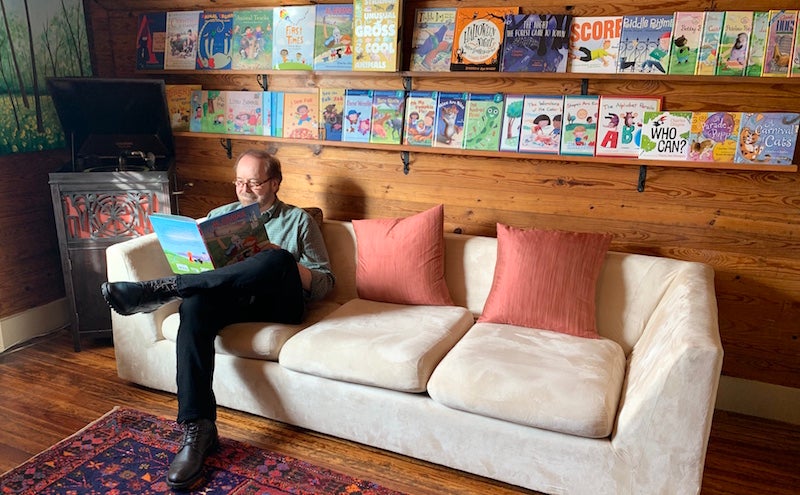
What do you like to share with children when you get to talk to them?
I like to inspire children by sharing my love of poetry with them and letting them know they each have poems in them just waiting to come out. I tell them that they are all poets, they all see the world in their own unique way, and that writing is simply talking on paper. I tell them to write in your journal for two weeks, and then stop—if you can. If you can’t, you’re a writer! Write of your passions, your loves, your fears, your joys. Find your writer’s voice by listening deep inside. It’s that little voice that says in a low, soft whisper, “Listen to this…”
How did you end up living in Homewood?
Debra and I used to enjoy weekend drives around Birmingham to visit open houses. On one Sunday drive we came upon a cute little red brick cottage in the heart of Homewood. We’ve now lived here in this cozy cottage for the past 45 years and enjoy our enchanted life in this storybook world. From our little front porch we sit and watch the passing parade of people and their puppies. It’s funny how we’ve come to know friends and neighbors by the names of their dogs. I’ve traveled all over the U.S. and beyond, and I’m often asked where I live. When I say, “Homewood, Alabama,” they often look surprised and say, “But you’re a writer. You can live anywhere you want.” I always just smile and say, “I know. That’s why I live in Homewood, Alabama.”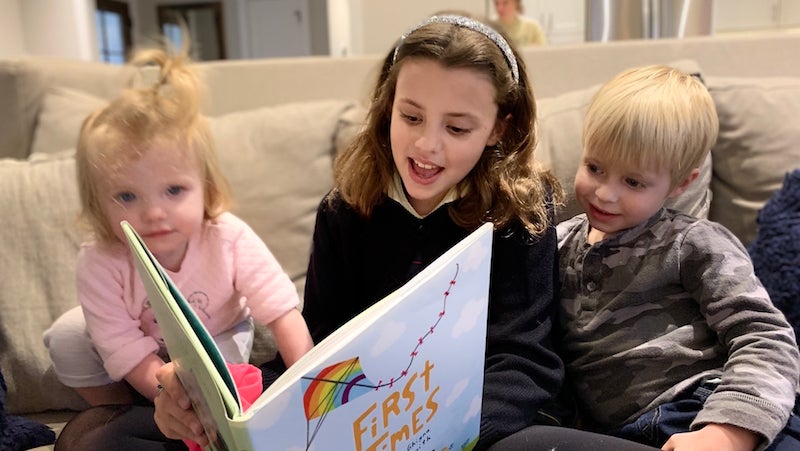
How have Homewood students and places in particular inspired your work?
The students at Shades Cahaba Elementary helped me write The Alphabet Parade. I wrote a rough draft of the text for that book while sitting in the school library during my breaks between classes. That beautiful book is dedicated to Mali Moore, the librarian who was there when I was writing it.
During one of my visits to Hall-Kent Elementary, the students and I began making up funny animal poems together, which later became the inspiration for two of my books, Animal Trunk and Animal Tracks.
I invited the students at Edgewood Elementary to help me come up with a good title for one of my books about autumn that had just been accepted by Random House. I had three different working titles and asked the students which one they liked best. Oh My Pumpkin Pie! was the winner.
I also write poems in the Piggly Wiggly parking lot while my wife shops for groceries. I started the first draft of the book One Hundred Shoes: A Math Reader there, which has become one of our most popular titles in the Random House series of books for early readers. Thanks Pig!
What’s one particular inspiration you have had for your writing lately?
My wife’s love of genealogy has been rubbing off on me lately and inspired me to take a good long look at my own family’s history. With Debra’s help, I discovered that my great-grandfather arrived in New York from Italy and worked in a book bindery in Greenwich Village. I wish he knew how much his great grandson loves books too. That little gem of an idea set me to begin work on a nonfiction picture book project tentatively titled I Have Books In Me.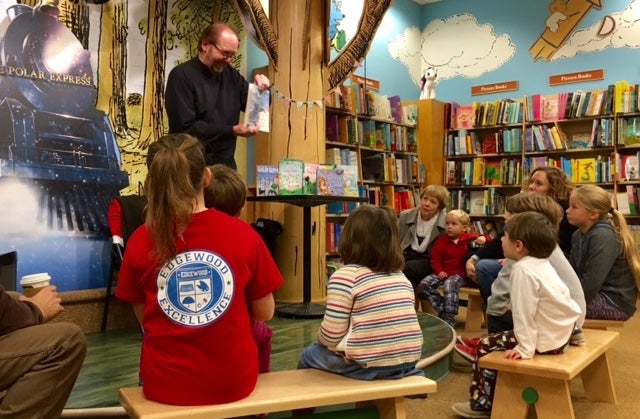
Have you had any other poets visit you in your home?
Our house is only a block from the famous Pink House in Edgewood where Ernest Hemingway and other celebrities once visited. We’ve had an assortment of celebrities visit us here in our home during the past 45 years, too. Two of the most memorable of all our poet-guests were National Book Award winner James Dickey and Russian poet Omor Sultanov.
James Dickey was the U.S. Poet Laureate and the author of the novel Deliverance. He also played the sheriff in the movie alongside Jon Voight and Burt Reynolds. Dickey spent the evening regaling us with his behind-the-scenes stories from the movie.
Omor Sultanov came to the United States with Russian President Gorbachev on their tour of the South during the Christmas of 1988. Sultanov asked if he could visit with a poet while he was in Birmingham. When we opened the door, he burst in, took a look at our Christmas tree and gleefully shouted in his thick Russian accent, “Santa Claus!” Those were the only words he knew in English. He gave us many wonderful treasures including a hand-carved figurine and a little violin, along with three of his books of poetry, and a bottle of vodka.
Since we had no gifts ready for our quests, we asked his translator if there was something Mr. Sultanov might like from us. He put his fingers up to his mouth and began making kissing sounds. His translator laughed when he said Sultanov would like a “pacifier” for his new baby. He saw that we had a newborn baby, Chip, and it turns out that he and his wife had a new baby too! Pacifiers back then were apparently rare in his hometown, and his wife had begged him to please get one while he was here.
Is there anything else you’d want our readers in Homewood to know about you?
Don’t tell anyone, but I’m probably the only person on the planet over the age of 12 who doesn’t own a cell phone.
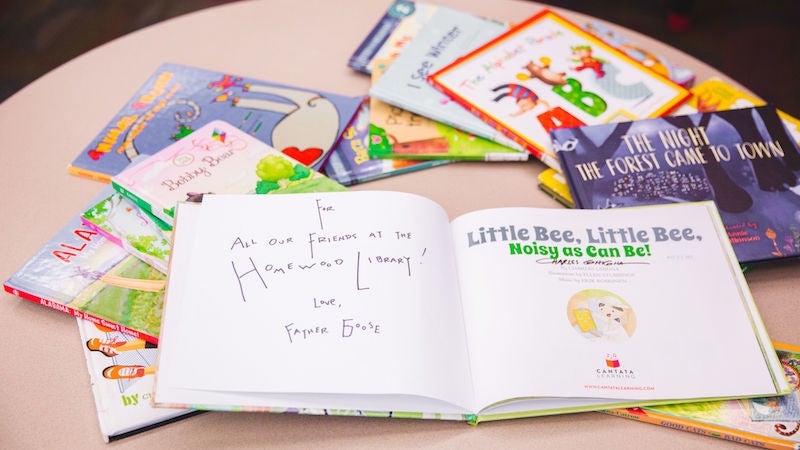
What’s Next?
This spring Charles Ghigna is releasing a new book of poems for children in which a friendly bear cub asks his woodland friends “What Is Poem?” The book, A Poem Is a Firefly, is illustrated by the Homewood artist Michelle Hazelwood Hyde. She and Charles also teamed up on the book Alabama: My Home Sweet Home, which marked the state’s bicentennial in 2018. Charles and Michelle will be presenting their new book to children at the Homewood Library in October.